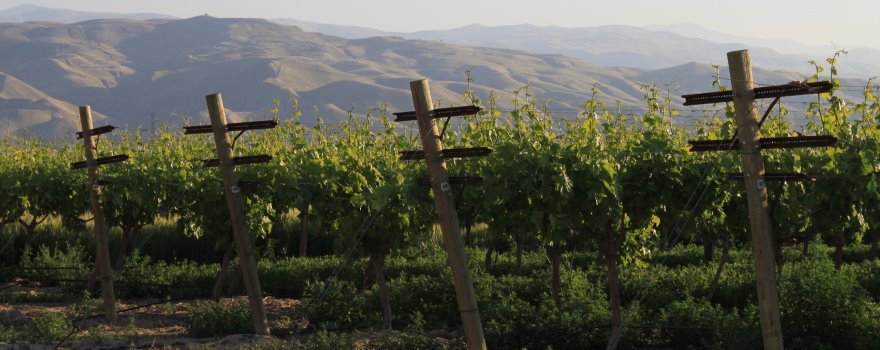 From Stanford’s Water in the West:
From Stanford’s Water in the West:
“Over the next 20 years, San Joaquin Valley farmers may need to temporarily fallow or permanently retire over half a million acres of cropland as California pushes towards sustainable groundwater use.
But, according to new research led by Stanford University and The Nature Conservancy, using an informed approach to land management that engages and compensates landowners for dedicating land to habitat can spur recovery of biodiversity in local ecosystems and provide other environmental benefits for people.
While California’s San Joaquin Valley produces crops totaling over $35 billion a year on five million acres of land, expanding irrigated agriculture has led to significant challenges such as groundwater overdraft and drinking water contamination, along with major losses of biodiversity and habitat.
Implementation of the Sustainable Groundwater Management Act (SGMA) – which limits groundwater withdrawal to bring water use into balance with supplies in California – provides an opportunity for conservation actors to work with farmers and re-envision the balance between agricultural and natural land. … ”
Click here to continue reading this article from Stanford’s Water in the West.
